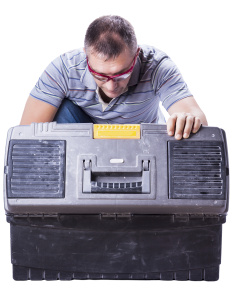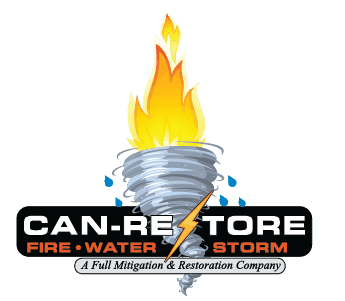Some tools of the trade for fire restoration you probably don’t know about.
 If someone asked you to make a list of tools you might need for fire restoration, you’d probably be pretty stumped. In truth, there are so many tools and products available to manage fire damage, it’s a little mind boggling. But if you find you’re a victim of a fire, it’s good to know about some of the more common tools used by fire restoration specialists, so you won’t be alarmed when they start bringing them into your home for the recovery process.
If someone asked you to make a list of tools you might need for fire restoration, you’d probably be pretty stumped. In truth, there are so many tools and products available to manage fire damage, it’s a little mind boggling. But if you find you’re a victim of a fire, it’s good to know about some of the more common tools used by fire restoration specialists, so you won’t be alarmed when they start bringing them into your home for the recovery process.
There are different tools for every step of the fire damage cleanup process. It’s extensive, so we won’t name them all, but here are some of the basics.
- Tools for Dealing With the Water
Water is a big issue after a fire, more so than most people think, so water extraction and drying tools are a big deal, and it’s crucial that they do a good job to ensure successful cleanup.Water extraction tools are topped by the ever important vacuums. Industrial strength power and suction allow for industrial strength water removal. These are used with tools meant for carpets as well as squeegees that are used on hard surfaces.After the majority of the water has been extracted, it’s time to make sure everything is as dry as it can be. In addition to using portable dehumidifiers, it’s important to use room, surface, and cavity blowers. The dehumidifiers help remove the excess moisture from the air. The blowers are used for various areas and can be fitted for large or small spaces including walls, cabinets, under sinks, and under permanent furniture, to name a few.
- Cleaning After the Drying
Once the area is completely dry it’s time to start the cleaning process. Because all fuels create different types of residue, it’s important to use the right tools and the right products to make sure all of the residue is removed.Special chemical sponges are common for cleaning up the soot and smoke residue left behind by the fire. There are also a number of products used by the experts to address different types of residue including degreaser, peroxide cleaner, odor cleaner, and specialized laundry soap.
- Smoke Odor and Air Contamination
The residue left behind by the smoke after a fire is dangerous and can be toxic, but that’s not all. It smells. A lot. For a long time. So treating the odor and the air issues is a priority when dealing with fire damage.It’s important to not only use the right odor removing cleaning products and chemicals, but also to treat the air with the right tools to get rid of the smoke odor for good. Ozone generators are just such a tool.Though ozone is naturally occurring, it’s found in the upper atmosphere of the Earth and is also produced by lightning, it can be manmade to help eliminate odors. Ozone is a form of oxygen with three atoms instead of two, and when it is generated and put into the air after a fire, that third atom is cast off and then attaches itself to other substances nearby, oxidizing that substance. In this case that substance is the smoke residue in the air, and the ozone’s extra atom converts it to a neutral substance with no odor.
Ozone generators are a hugely important tool in fighting the smoke odor battle after a fire. But the bonus is, not only do they help get rid of odor, they also help to get rid of mold, mildew, and bacteria that may be lingering after the water has been removed.
It’s easy to see that cleaning up after a fire takes much more than a bucket, a rag, and some elbow grease. The tools used by the specialists are cutting edge technology that allows them to get to the heart of the fire damage and restore your home to its original condition.

